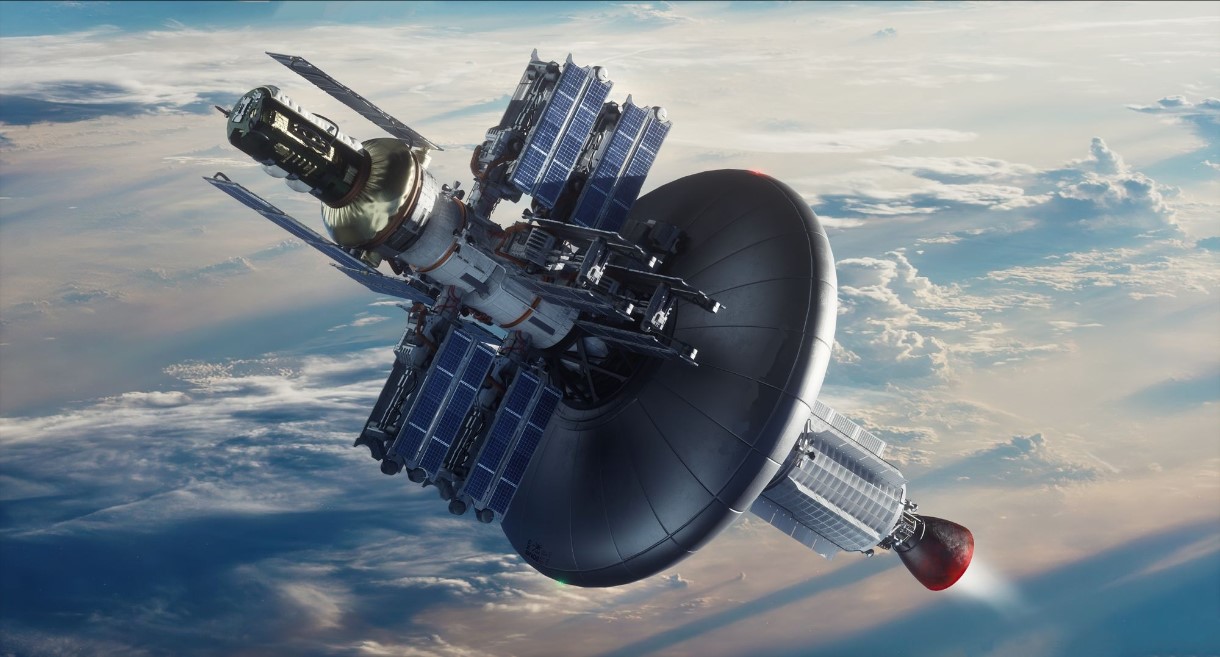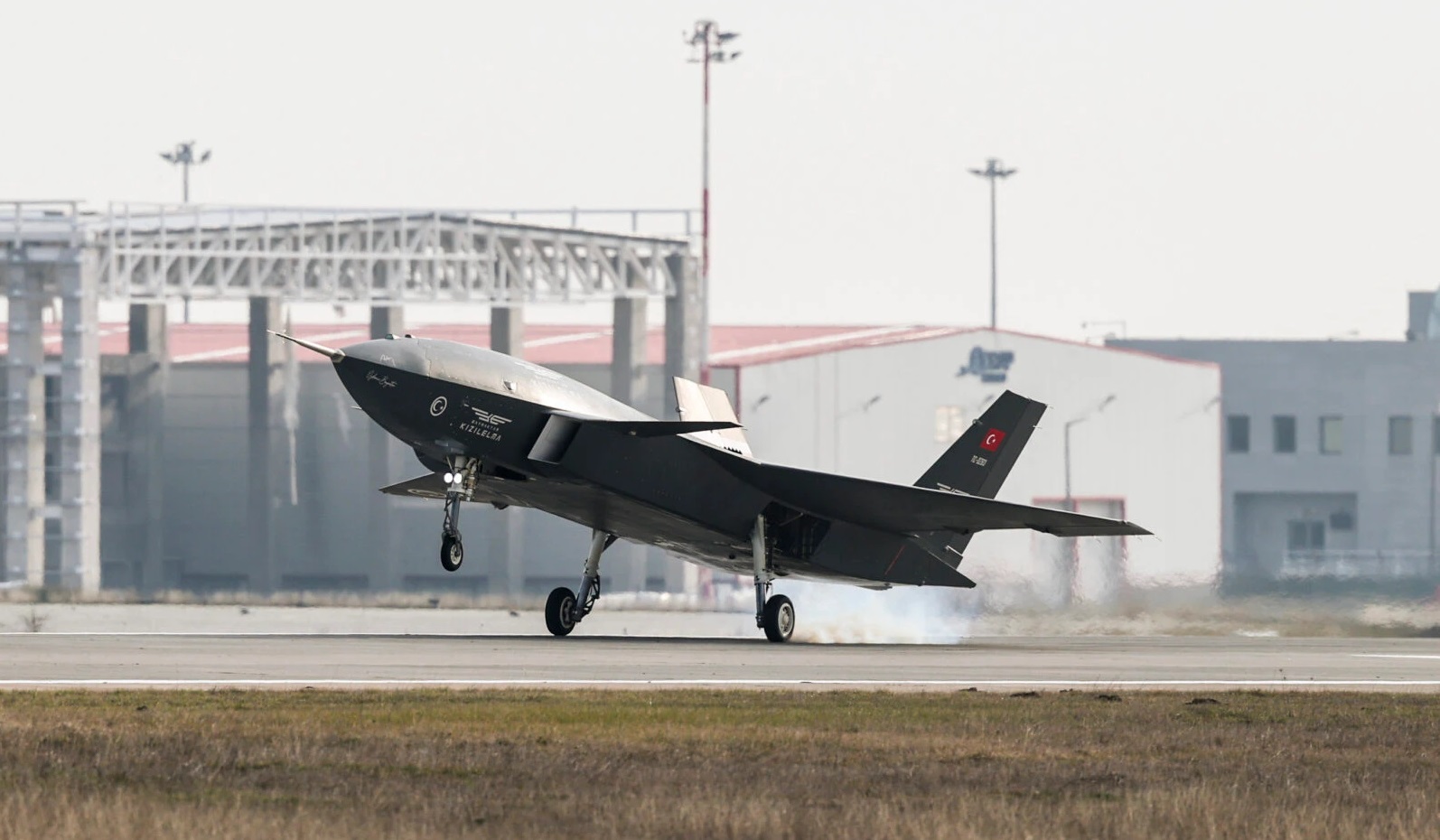ISRO Uses Plutonium Pellets for Nuclear Powered Deep Space Mission

Space News ,India :- In recent months, Indians have been celebrating the remarkable success of their space program, led by the Indian Space Research Organization (ISRO). Behind the scenes, ISRO holds a couple of well-guarded technological secrets, one of them being nuclear, set to drive future cosmic voyages.
In the sci-fi blockbuster "The Martian," astronaut Mark Watney relies on a Radioisotope Thermoelectric Generator (RTG) fueled by Plutonium-238 to survive on the red planet. In reality, RTGs generate electricity from the heat produced by decaying radioactive substances. Plutonium-238, known for its steady heat emission, has been a preferred choice for deep-space missions by both the former USSR and the US.
ISRO entered the realm of nuclear-powered space exploration during the successful lunar mission Chandrayaan-3, utilizing a scaled-down version of the RTG called the radioisotope heating unit (RHU). Weighing 40 grams, RHUs, provided by India's atomic energy experts, are set to play a crucial role in ISRO's future missions to the Moon, Mars, Venus, and beyond.
RHUs, smaller counterparts of RTGs, emit approximately one watt of heat each, maintaining operational temperatures for spacecraft components. These compact heat sources are vital in environments where solar energy may be scarce, such as lunar nights or as probes venture farther from the Sun. Not only do RHUs offer a reliable power supply, but they also contribute to reducing the weight and mass of space probes, eliminating the need for large solar panels.
In contrast to solar panels, which can become inefficient during deep space missions, RHUs, each weighing only 40 grams, become critical in ensuring continuous power for instruments and sensors. With the cost of launching payloads into space and the limitations of solar panels in mind, RHUs play a pivotal role in ISRO's ambitious plans, including placing a lander on Mars and exploring Venus.
Collaboration with Russia for radioisotope heating units was considered during the Chandrayaan-2 mission but was eventually dropped due to design differences. The choice between solar and nuclear power depends on the mission's goals and operational needs, with radioisotope power enhancing a mission's scientific capabilities.
Meanwhile, ISRO has quietly developed two groundbreaking technologies with Bengaluru-based startup Bellatrix Aerospace. These technologies involve electric propulsion systems for satellites, tested in space aboard POEM-3, and the replacement of hazardous Hydrazine with a non-toxic, environmentally friendly propellant.
The propulsion systems, utilizing electricity instead of conventional chemical propellants, offer a glimpse into the future of space travel. The use of non-toxic propellants addresses health and environmental concerns associated with traditional fuels, aligning with global efforts to phase out hazardous substances in space exploration.
As ISRO continues to push the boundaries of space technology, these developments position India as a key player in shaping the future of space exploration and satellite propulsion systems.



